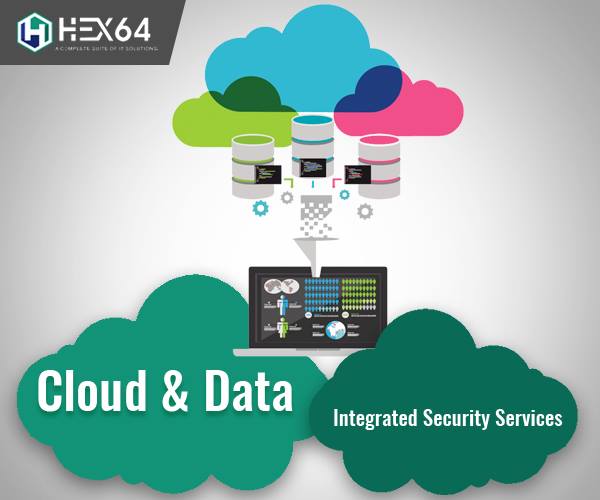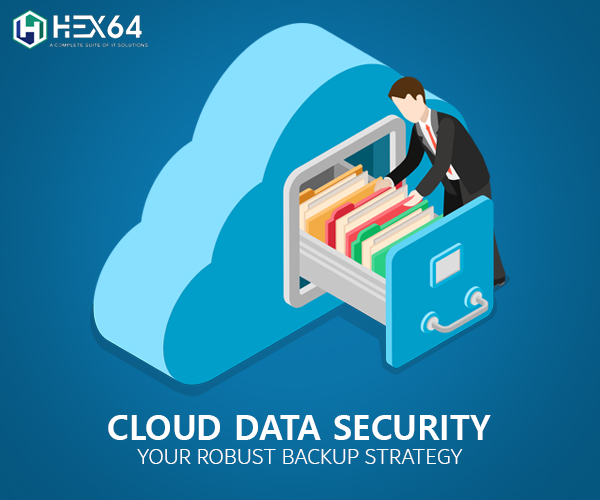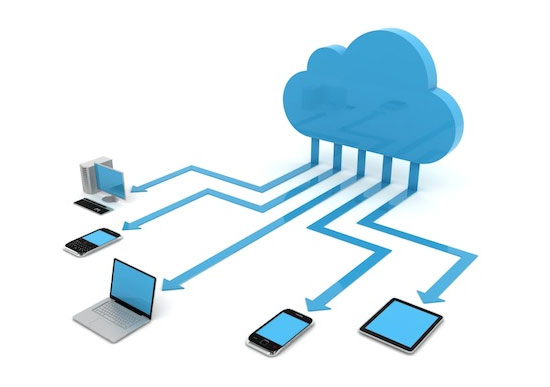More and more enterprises are running several solutions in multiple cloud environments. As such, the ability to constantly implement intelligent capabilities quickly is becoming a matter of course.
Access to solutions from any device, the ability to scale quickly, and the reliable performance and constant availability of the services are the main reasons why companies are currently using public cloud solutions – to some extent, the most extreme form of cloud software because it is the most standardized. Two out of three companies are already using cloud solutions. Cloud is becoming more popular every year. As such, the demand for multi-cloud architecture is also growing.
What is multi-cloud?
Multi-cloud is a cloud approach made up of more than 1 cloud service, from more than 1 cloud vendor—public or private.
For example, your enterprise invests in expanding a cloud infrastructure. You’ve moved from bare-metal servers to virtualization-based workloads, and now you’re evaluating public cloud options—not for everything, but to support a specific customer-facing application with highly variable use rates. After some research, you find the public cloud provider that has the right blend of service-level agreements (SLAs), security protocols, and uptime to host your custom application. You’re happy with your choice. But eventually, customers start asking for features that are only available through a different vendor’s proprietary app. Integrating these features into your custom app requires that you not only purchase the vendor’s app, but also host the app in that vendor’s proprietary public cloud—a solution that allows both apps to scale with demand.
Why multiple clouds?
There’s nothing new about enterprises using multiple clouds. For over a decade, since the first business units selected a SaaS solution or swiped a credit card for AWS services, enterprises have relied on multiple clouds to run their workloads. Today’s changes are more cultural than technological. What’s new is the idea of enterprise senior IT leadership embracing a strategic plan to leverage multiple clouds. Without a holistic plan and comprehensive understanding of how each cloud provider and technology can be used to its advantage, the business as a whole is often inefficient, ineffective, and operates with only bits and pieces of the available information.
Research consistently shows more than 70% of organizations are using more than one cloud technology to serve internal and external users. SaaS, PaaS, IaaS and DRaaS solutions are leveraged for their individual business needs driven by their individual business unit projects.
Accessibility
To reduce poor response times for cloud users thousands of miles away from a company’s headquarters, some workloads could be hosted by regional cloud providers that operate closer to where the users are. This solution lets the enterprise maintain high availability and adhere to data sovereignty laws—protocols that subject data to the regulations of the country in which that data is located.
Failover
Multi-cloud environments help protect enterprises from outages. As a failover solution, multi-cloud allows enterprises to have an available, highly scalable backup for data, workflows, and systems.

Benefits of a Multi-Cloud
More Choices and Higher Resiliency:
Leveraging multiple clouds give you more choices. For example, AWS, Azure, and GCP each have different feature strengths, with some aligning better to your needs than others. A multi-cloud strategy enables you to mix and match these different features and services based on your organizational goals. It also enables more resiliencies. Say, for instance, you have customer service requirements that demand low latency in a particular region – you can deploy two clouds there to ensure higher resiliency.
Vendor Lock-In:
Moving to the cloud is not easy task–nor is moving out of it. If you house all of your workloads in a single cloud but then that cloud service provider starts raising prices or making other changes that negatively affect your performance, business needs, or costs, you might be faced with the tough choice of staying put and accepting the changes or going through a second migration.
Licensing Restrictions:
Some cloud service providers will allow you to carry your on-premises licenses onto the cloud while others will require you to purchase a license when you migrate. If, for example, you have an on-premises license for a SQL server, you could face the cost of on boarding your license or purchasing a new license with your cloud provider. Before you determine which workloads you want to move to which cloud, you’ll need to understand the licensing restrictions of each cloud provider.
Business Policies:
You’ll also need to decide which workloads can be migrated to which cloud based on the policies or regulations at your company, by the cloud provider itself, or even by local governments. For example, you may have an internal policy that to migrate Microsoft apps to Azure only. Or if you have sensitive workloads (especially workloads that involve customer privacy information or government-regulated information), you may need to house that data in certain regions. A successful multi-cloud strategy will take these policies into account.
Cost-Performance Optimization:
Each cloud offers different compute and storage options at different prices. By doing a performance analysis of your workloads that are either on-premises or already in the cloud and comparing that to what’s available in each cloud, you can project both your workload performance and TCO for compute and storage options in each cloud and identify the options that will meet your workload performance requirements at the cheapest cost – enabling you to realize the most public cloud cost savings.




